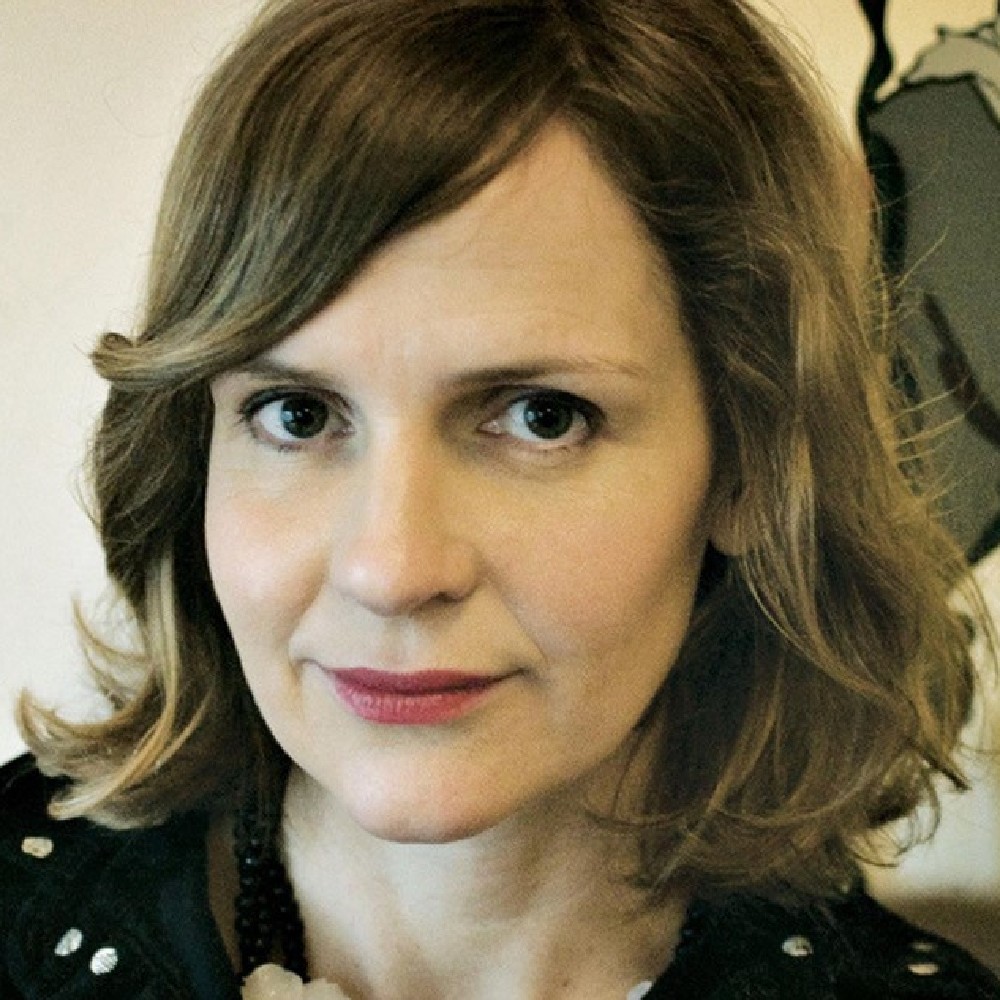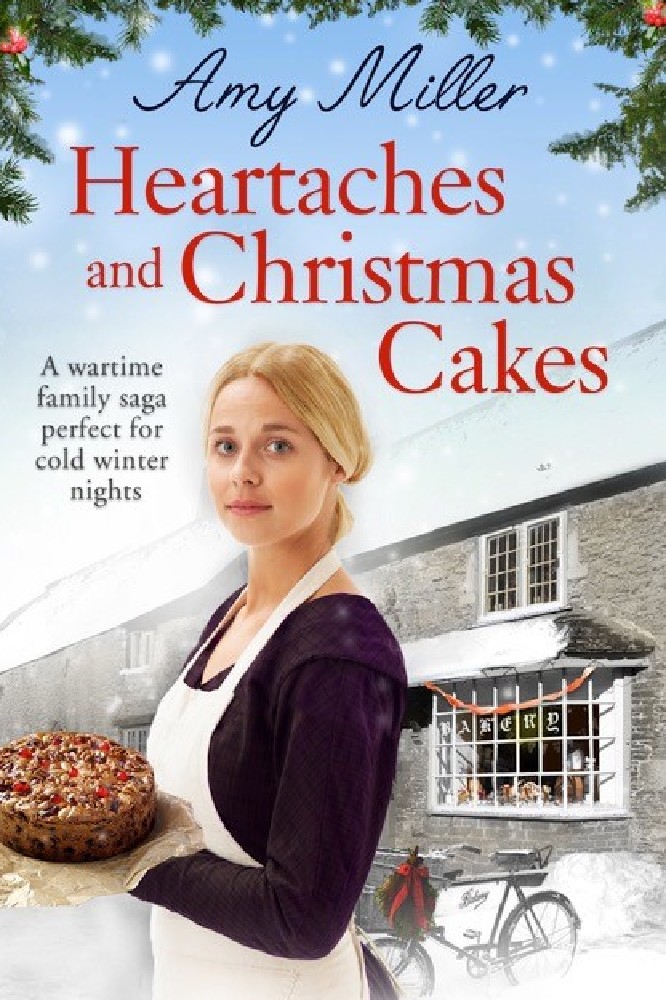FAMILY: Most families have some amazing stories in their past, which make great inspiration for a saga. In my own family, I have a great aunt who fell pregnant aged 15 or 16 and was sent to a home for unmarried mothers for the duration of her pregnancy, until her baby was adopted. Another relative was killed in the merchant navy, aged 23, leaving behind a young wife. Finally, my own mother was adopted after her mother fell pregnant to her boyfriend aged 16. All these stories informed my saga.

Amy Miller
PHOTOGRAPHS: For researching the era, photographs are incredibly inspiring. Several scenes I have written are based on beautiful photographs I’ve discovered including: a train platform with sweethearts parting; a reunion with a soldier and his joyful family; Dunkirk soldiers arriving in England after being evacuated; a milkman continuing with his rounds through the Blitz…I could go on!
RESEARCH: Reading is vital. I didn’t live through the war and have no living relatives who did, so reading about what actually happened is really important. There are so many great books about the era out there, fact and fiction. Reading novels in the saga genre is incredibly helpful to me too, to help stay in the ‘zone’ and learn from experienced authors such as Sheila Newberry and Ellie Dean who have written dozens of brilliant sagas.
EMBRACE CLICHÉ: When we think of WW2, many clichés spring to mind – images of sweethearts saying farewell at railway stations, rushed marriage proposals, long rationing queues, babies born out of wedlock, the blackout, women painting their legs instead of wearing stockings – they’re clichés for a reason and great saga material.
MUSEUMS: It’s always helpful to explore museums and I found the Imperial War Museum’s ‘Home Front’ exhibition very helpful, with its depiction of how a house looked in those days, what people on the home front were doing at the time, fashion, rationing, letters between family members – and a model of an Anderson shelter to sit in too.
PEOPLE: I met with some elderly people in the War Memorial Homes in Bournemouth, some of whom told me their wartime stories, plus the BBC People’s War online archives is exceptional. I have spent hours reading personal accounts of people’s wartime experiences and it’s this melting pot of stories that really bring the era to life.
WATCH: Dramas and films set in WW2 are helpful to watch and this includes the Pathe videos, showing life from that time. I particularly enjoyed watching Pathe videos about the job of a baker and of ‘clippies’ or female bus conductors during the war – as I have written about these jobs. In the Bournemouth press, they were called ‘conductorettes’!
LANGUAGE: Heartaches and Christmas Cakes is set in Bournemouth, so I tried to include some of the older local dialect and the older characters sometimes use phrases from the past. Also, language in general was a bit different, and the ‘tone’ can be picked up from old newspaper articles and by talking to older people. I used to have a 96-year-old neighbour, who spoke in an ‘old-fashioned’ way, so I tried to remember them.
RECIPES: The book is set in a bakery, so I sourced various recipe books and women’s magazines from the wartime period to try to create the right backdrop to the story – and also interviewed several bakers in the area, who told me about their memories and knowledge of baking during WW2.
LIBRARY: One of the most useful places for inspiration and information is the local library. I found incredible resources there, from works published by local historians, to the local newspaper archives which were great for historical accuracy, but also for quirky bits of information such as films showing at the time, or local news stories, to add colour.


